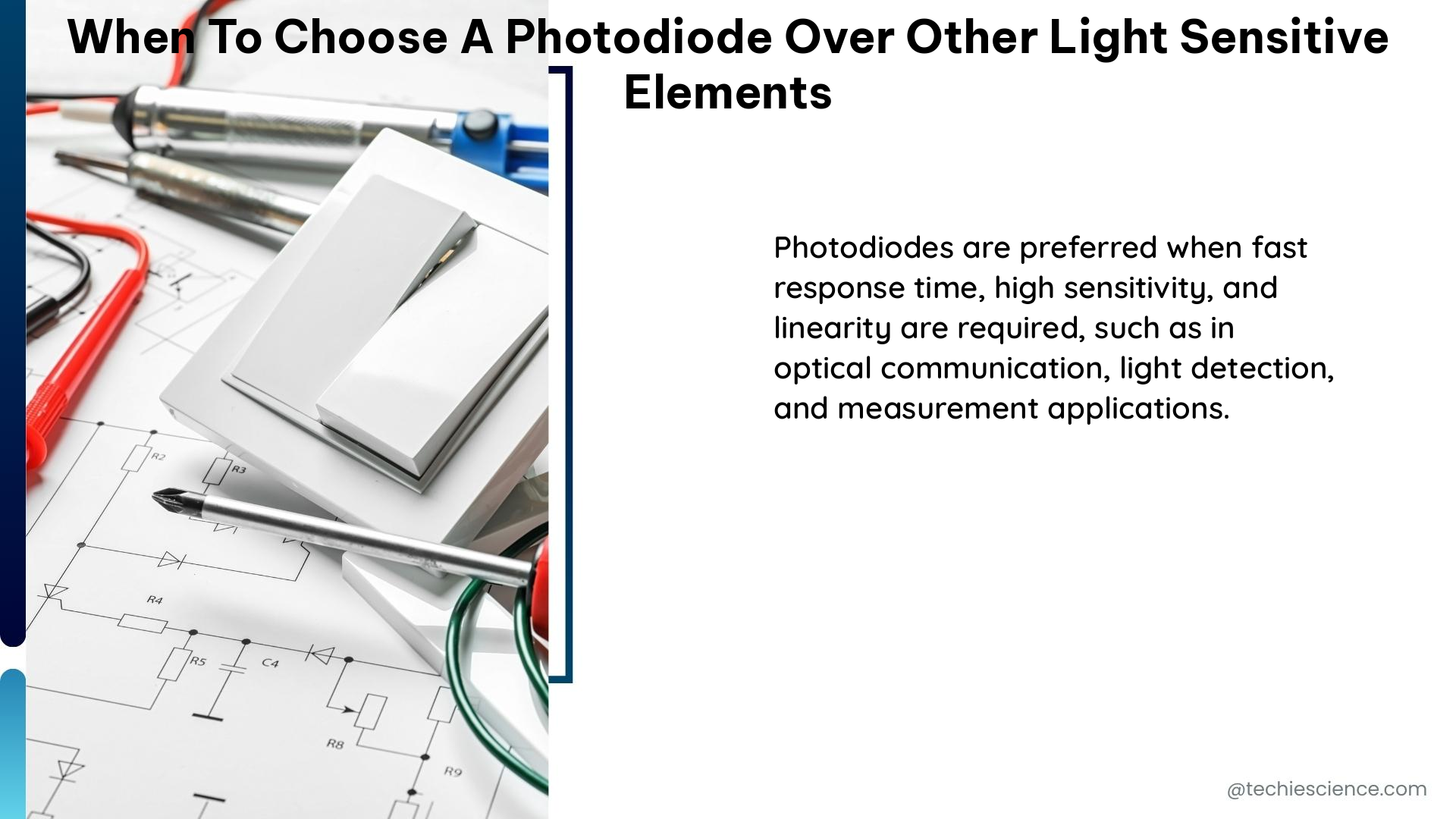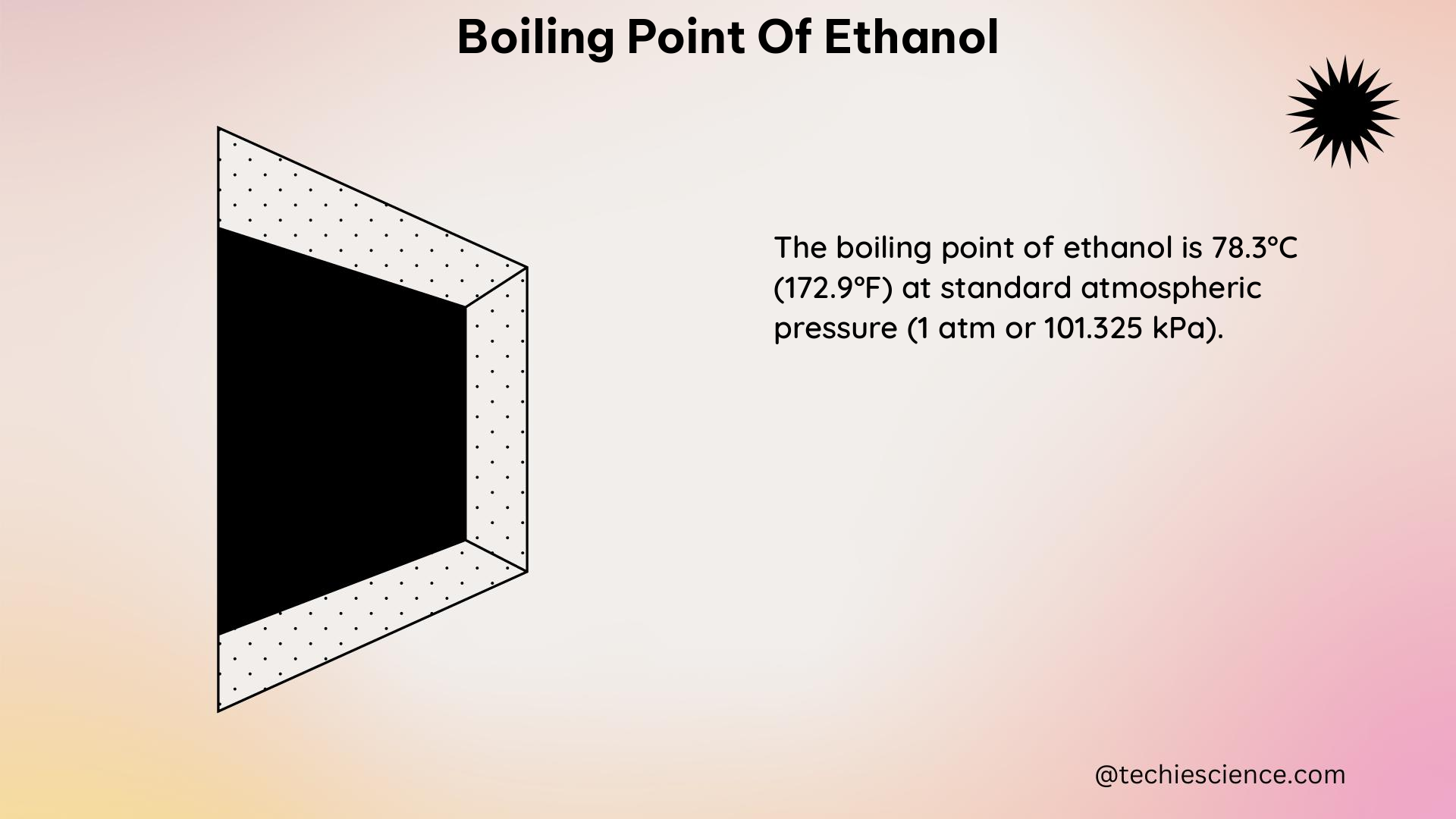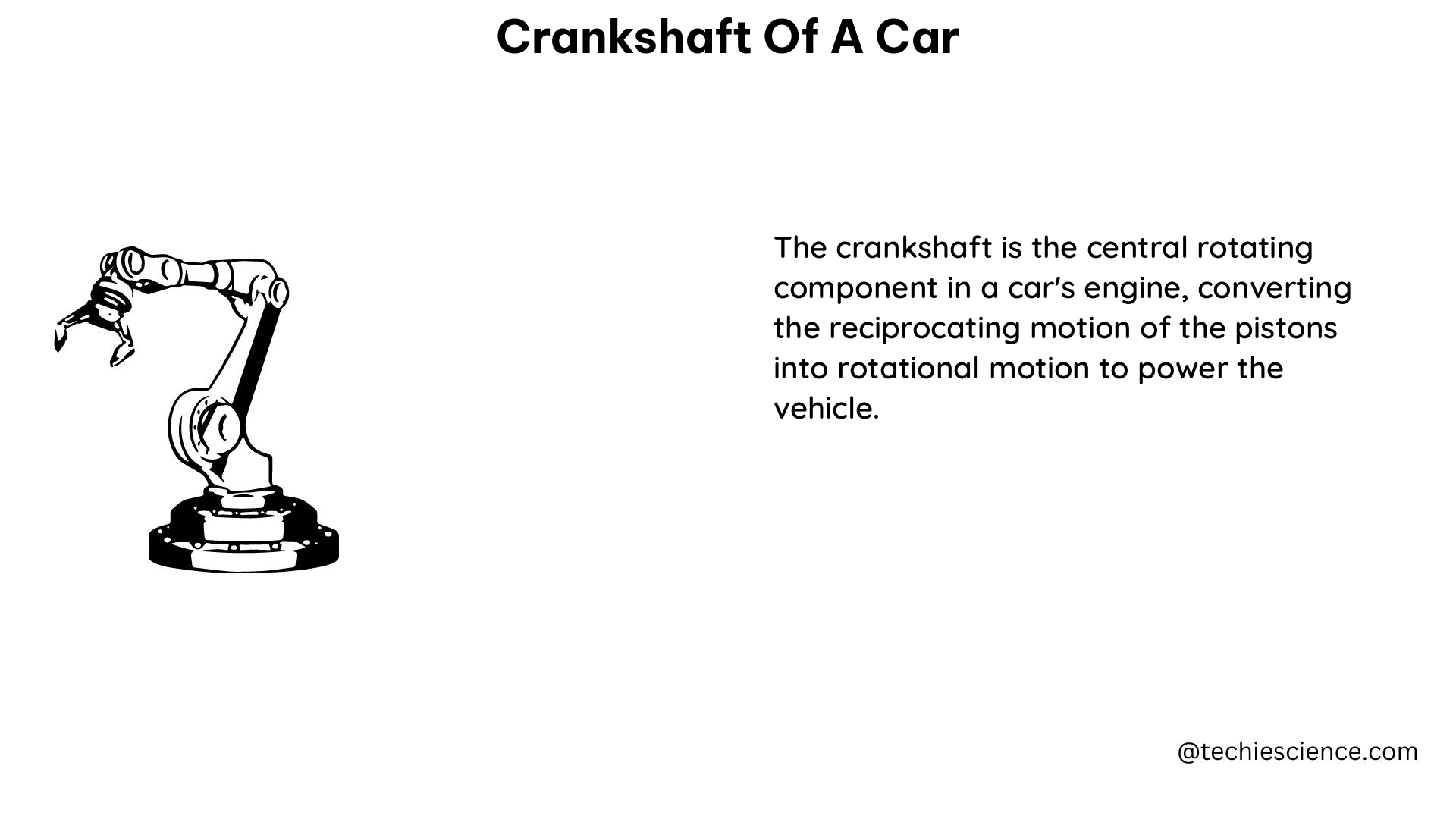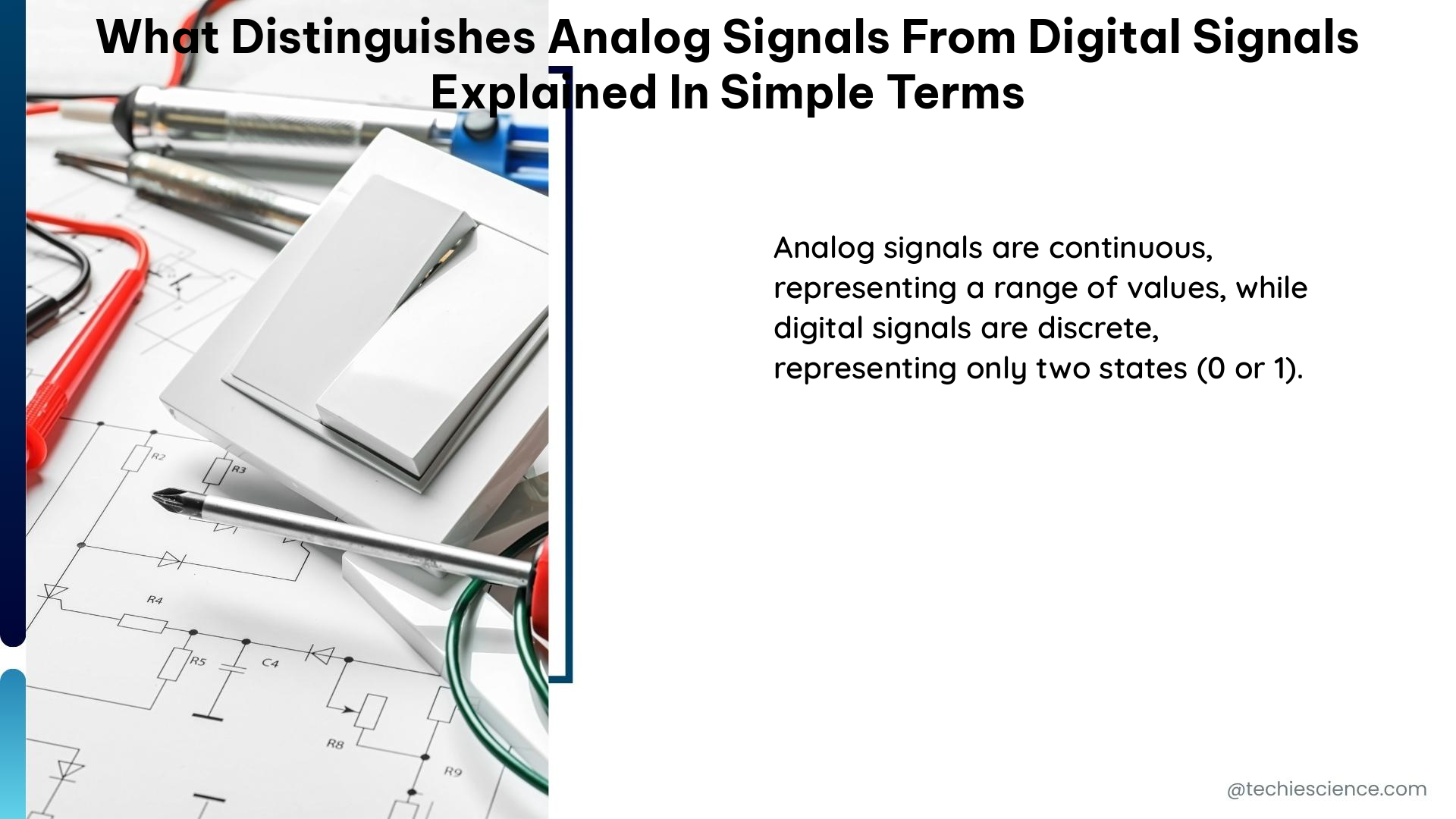The Tensile Strength of GTAW Filler: A Comprehensive Guide for DIY Enthusiasts
The tensile strength of a GTAW (Gas Tungsten Arc Welding) filler metal is a critical factor for ensuring the structural integrity of welded joints. Understanding the nuances of filler metal tensile strength is essential for DIY enthusiasts and professionals alike, as it directly impacts the performance and reliability of their welded projects. Understanding Filler Metal … Read more





